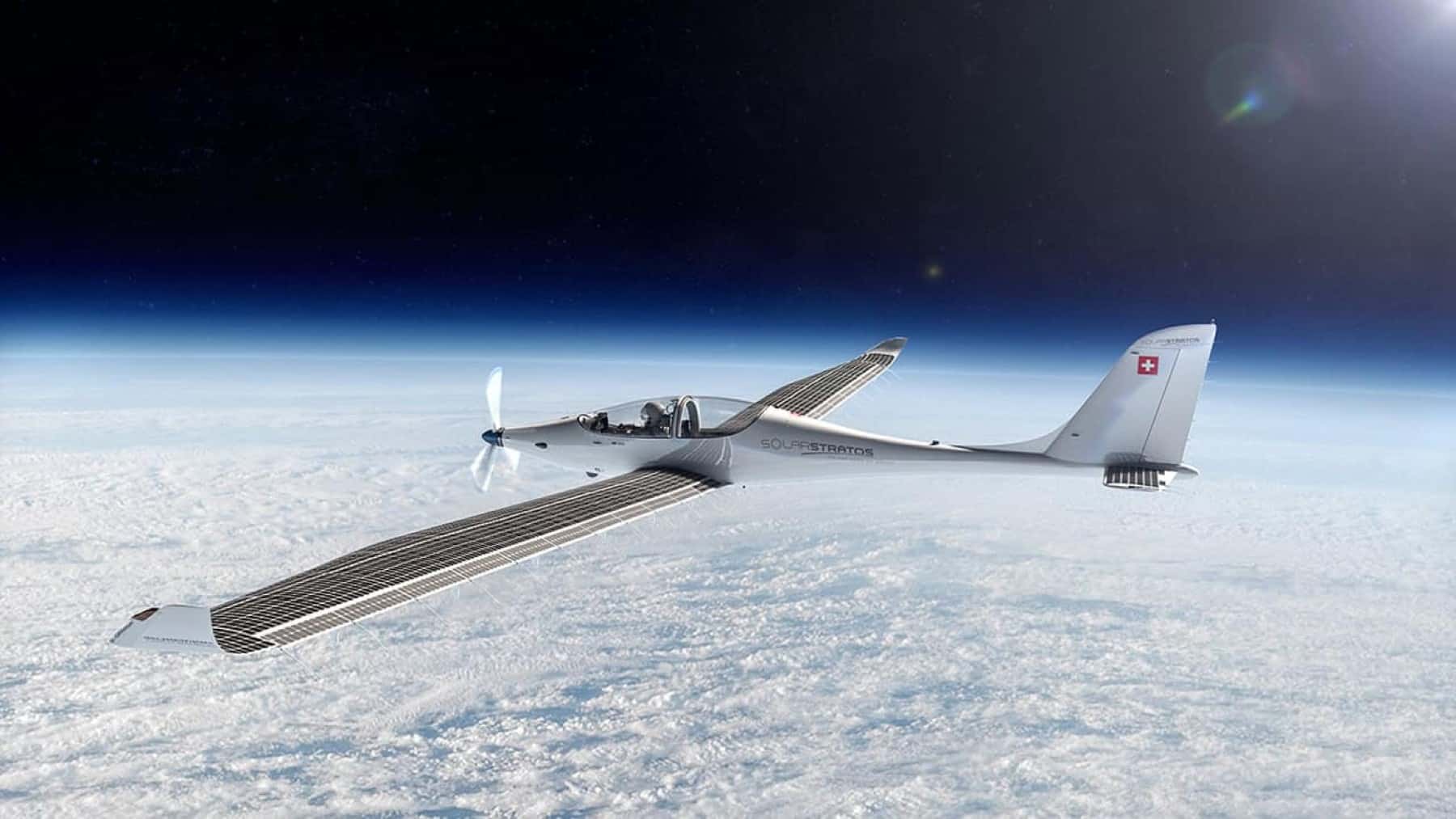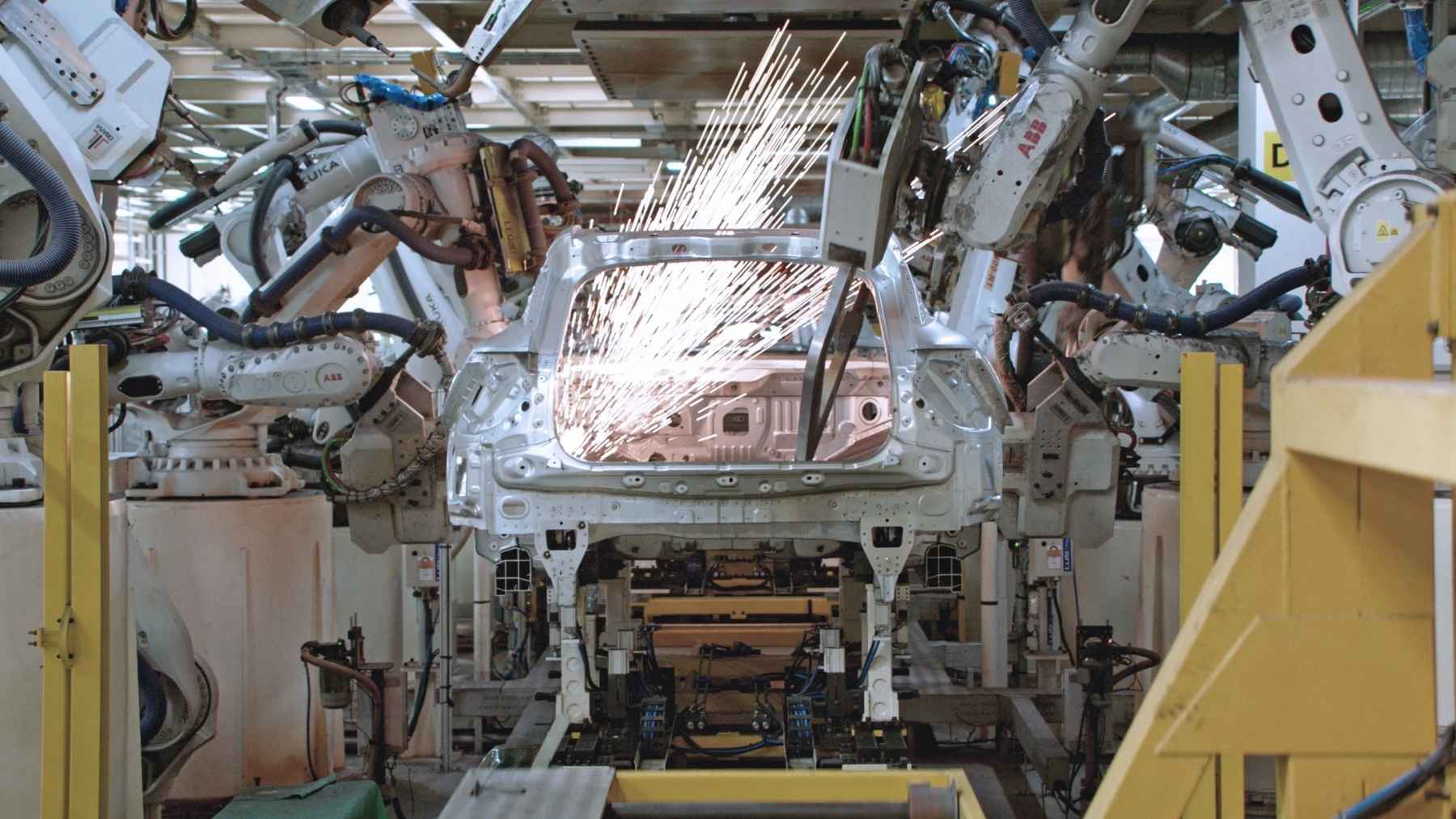This piece of technology just soared over the Alps and reached new heights we never thought possible. Amidst concerns for the climate due to the irreversible damage global emissions from fossil fuels cause, multiple sectors and industries have been pressured to search for alternative and sustainable technology for the sake of the future of the planet. While innovators in industries such as the passenger vehicle world have risen to the challenge, others have struggled, like the aviation industry, until now.
The problem with sustainable technology for aviation
In the passenger vehicle world, alternative engine solutions have been localized around the electric engine. Thanks to advancements in battery engine technology, the rise in consumer demand for sustainable solutions, and American electric vehicle company Tesla’s catapult to success, many have hailed the electric engine as the way forward in the passenger vehicle world.
However, while battery engine technology may fare well for light-duty vehicles, it runs into problems in other areas of the transportation industry. The aviation industry, in particular, has struggled to incorporate this technology, with battery engine technology in its current state being less than ideal. Compared to a passenger vehicle, the energy demands of an aircraft are significantly more substantial. Jet fuel, which today’s aircraft currently use, provides a high energy-to-weight ratio, which is critical to allow for aircraft to travel long distances while carrying a substantial load.
To replace this fuel with battery engine technology is currently not feasible, as even the most advanced lithium-based batteries are too heavy for the aircraft to actually take flight or to travel long distances without needing to be charged. As such, the industry has been investigating alternative solutions for a sustainable aviation future.
This technology just made history over the Alps
The Industrial Revolution was a period that marked significant advancements in transportation technology, of which we are continuing to reimagine and advance using today’s knowledge. Between 1760-1840, the First Industrial Revolution was pivotal for the development of the steam engine, while the Second Industrial Revolution was a turning point with the introduction of electricity and the internal combustion engine.
Today, elements from both these revolutions continue to be seen in advancements made in the transportation sector. Amidst the prevailing problem of finding sustainable solutions for the aviation industry, Raphaël Domjan rode in an aircraft over the Swiss Alps, not powered by jet fuel, but by solar energy.
“Up there, facing the sun that powers our wings, flying without burning a single drop of fuel is an indescribable feeling…a moment out of time,” Domjan described.
Developed by the company SolarStratos, the solar electric plane took flight on August 12 this year for five hours, reaching over 31,000 feet. This was a record-breaking feat for a solar-powered aircraft and represents an advancement in the potential for solar energy to transform the aviation industry.
The road to transforming the transportation industry
While industry attention has largely been focused on the electric vehicle, innovation from companies like SolarStratos showcases how transforming the transportation industry for a sustainable future requires a multitude of solutions beyond just battery engine technology. While the electric engine may be the future of the passenger vehicle world, other solutions continue to need to be implemented and developed.
Hydrogen fuel-cell technology, while not as popular as the electric engine in the passenger vehicle world, may be the solution the aviation industry and other transportation sectors need in order to reduce reliance on fossil fuels. While this technology continues to be implemented on the road, it has been identified as a key potential player for industries like the aviation sector, where fueling challenges and battery density problems are a hindrance to the implementation of electric engine technology.
Disclaimer: Our coverage of stimulus checks, tax reliefs, tax rebates, tax credits, and other payments is based on the official sources listed in the article. All payment amounts and dates, as well as eligibility requirements, are subject to change by the governing institutions. Always consult the official source we provide to stay up to date and obtain information for your decision-making.














